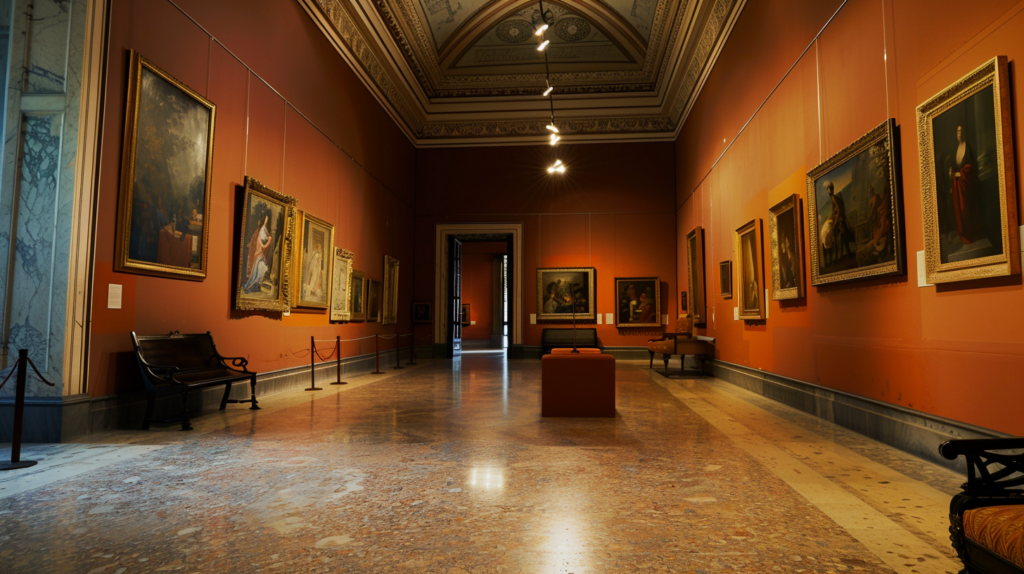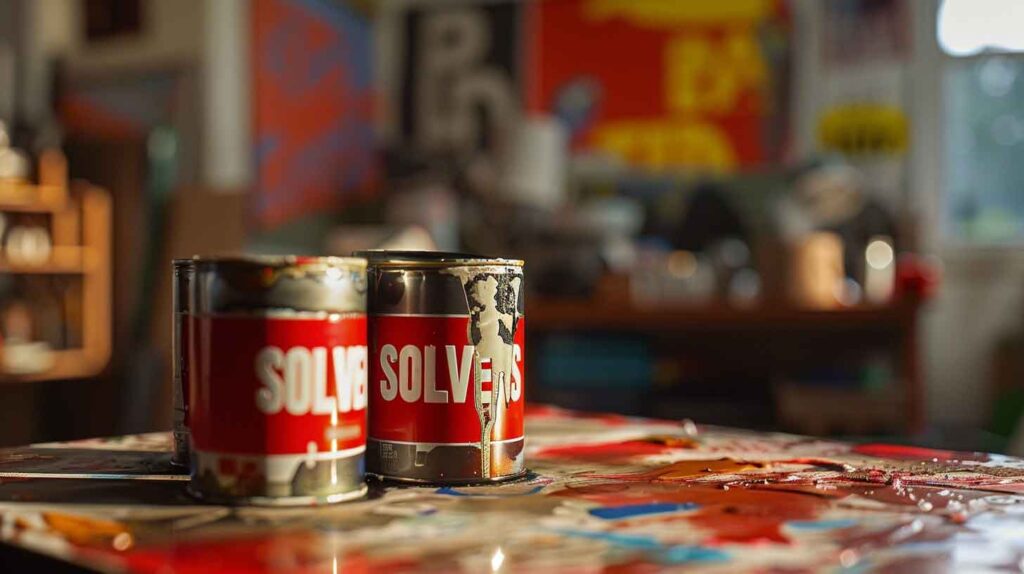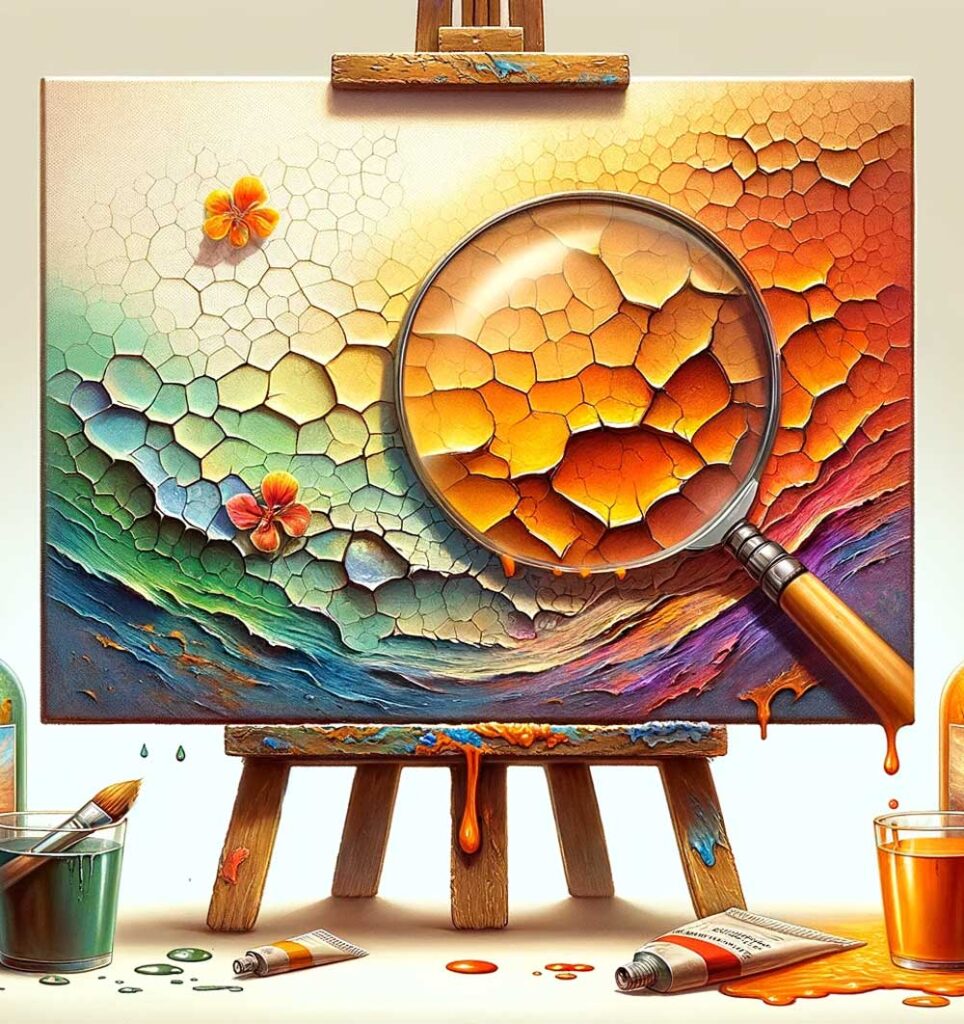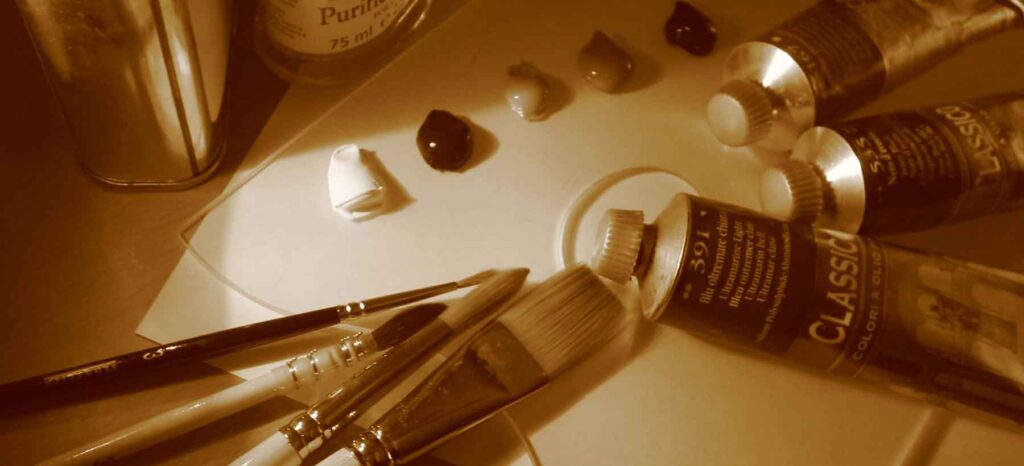
Understanding the Impact of Flash Photography on Art in Museums and Private Collections
The advent of flash photography has long sparked debates within the art conservation and museum communities regarding its impact on the preservation of artworks. As artists, understanding these effects is crucial, not just for placing works in museums but also in private collections. This article synthesizes insights from several experts, offering a comprehensive look at the subject to inform artists and their collectors about the implications of flash photography on artwork preservation.
The Scientific Basis
At the heart of understanding flash photography’s impact on artworks lies the principle of reciprocity. This principle posits that the effects of light on artworks are cumulative and additive. Studies across various fields, including textile light-fading and industrial applications, have validated this principle with reasonable accuracy. Notably, a study by Saunders and Kirby for the ICOM-CC conference demonstrated reciprocity’s validity across several historically significant colorants, providing a robust foundation for assessing flash photography’s effects on artworks.
Flash Photography on Art in Museum and Gallery Settings
Concerns around flash photography primarily revolve around its potential to accelerate the aging or deterioration of artworks through exposure to light. Early discussions, including those by the Getty Conservation Institute and experts like Veljko Dzikic, Gregory Smith, and David Saunders, have highlighted both the conservation concerns and the nuisance factor to visitors.
David Saunders’ contribution is particularly enlightening. It illustrates how advancements in photographic technology, especially the transition to digital cameras and smartphones equipped with LED flash, have mitigated potential risks. These modern flash units emit minimal ultraviolet radiation and pose less risk than their xenon lamp-based predecessors. Saunders also notes the significantly higher light sensitivity of current digital cameras, which often negates the need for flash in well-lit museum settings.
The Calculations and Practical Implications of Flash Photography on Art
Stefan Michalski’s analysis further demystifies the actual impact of flash photography. By breaking down the light exposure from a typical camera flash to an equivalent dose of gallery lighting, Michalski illustrates that the additional light exposure from flash photography is minimal. For instance, 300 amateur flashes a day equate to merely five minutes of additional gallery lighting exposure, an increase unlikely to significantly affect an artwork’s preservation.
Michalski argues against the conservation rationale for banning flash, suggesting that the ban stems more from its potential to disrupt the visitor experience and historical concerns related to the physical dangers of early flash technology. He emphasizes that, from a preservation standpoint, flash photography under controlled lighting levels does not significantly increase the risk of color fading or other UV-related damage to artworks.
Guiding Artists and Collectors
For artists and collectors, the distilled wisdom from these discussions offers reassurance and guidance. It is clear that while the nuisance factor of flash photography remains a valid concern for museums, the preservation risks to artworks are considerably lower than previously feared, especially with the prevalent use of modern digital and smartphone cameras.
Artists should communicate to collectors that, under typical exhibition and private collection conditions, the impact of flash photography on the longevity and preservation of artworks is negligible. However, it remains essential for both artists and collectors to remain cognizant of the lighting conditions under which artworks are displayed, whether in public galleries or private spaces, to ensure their long-term preservation.
While the debate on flash photography’s impact on artwork conservation has evolved, current evidence suggests that the risks are minimal, especially with today’s technology. Artists and collectors can take comfort in this knowledge while continuing to prioritize the careful exhibition and care of artworks in all settings.
References
Terry T. Schaeffer. Effects of Light on Materials in Collections: Data on Photoflash and Related Sources. Getty Publications, 2001. https://www.getty.edu/publications/virtuallibrary/0892366451.html
Saunders, D. “Photographic Flash: Threat or Nuisance?” National Gallery Technical Bulletin Vol 16, pp 66–72. http://www.nationalgallery.org.uk/technical-bulletin/saunders1995
Stephane Michalsky see Abbey Newsletter. Vol 20 No. 6, November 1996. https://cool.culturalheritage.org/byorg/abbey/an/an20/an20-6/an20-607.html
“Flash photography.” AATA Online. Getty Conservation Institute. https://aata.getty.edu/primo-explore/search?query=any,contains,flash%20photography&tab=aata&search_scope=AATA&vid=AATA&offset=0







300 hundred flashes is one thing, but what about the thousands of daily flashes over years, in places like the Louvre, which does not enforce it’s no flash policy AT ALL? This must have an impact, not to mention it’s obnoxious. I see it as them failing in their duty to conserve their priceless collection, and I told them so when I visited. Their response amounted to “its too much work to stop everyone.” Which is nonsense because every other big museum I’ve ever visited manages to control flash photography just fine.
Compared to museum lighting, the number of flashes over many years is insignificant. For instance, 300 amateur flashes a day equate to merely five minutes of additional gallery lighting exposure, an increase unlikely to significantly affect an artwork’s preservation.